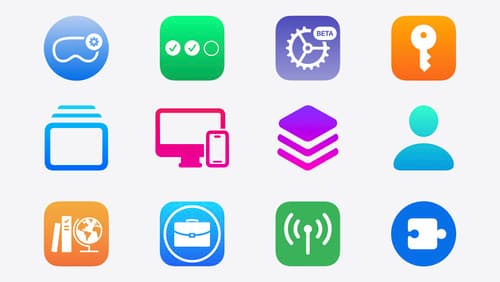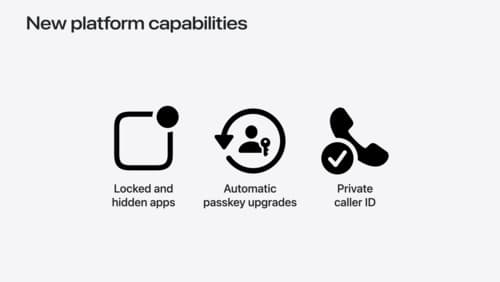How do I get started with creating a custom content blocker for safari?
Asked on 2024-09-10
1 search
To get started with creating a custom content blocker for Safari, you would typically need to create a Safari App Extension. While the provided context does not directly address content blockers, it does mention managing Safari extensions on iOS, iPadOS, and macOS. This involves defining which extensions are allowed and configuring their website access by domain and subdomain.
For more detailed guidance, you would typically:
- Create a Safari App Extension: This is done using Xcode, where you can create a new project or add an extension to an existing project.
- Define Content Blocking Rules: Use JSON to specify the rules for blocking content. These rules can include blocking scripts, images, and other resources based on URL patterns.
- Test Your Extension: Use Safari's developer tools to test and debug your content blocker.
For more specific instructions, you might want to refer to Apple's official documentation or relevant WWDC sessions that focus on Safari extensions and content blocking.
If you are interested in managing Safari extensions, you can refer to the session titled "What’s new in device management" which discusses new configurations for Safari extensions.

Support semantic search with Core Spotlight
Learn how to provide semantic search results in your app using Core Spotlight. Understand how to make your app’s content available in the user’s private, on-device index so people can search for items using natural language. We’ll also share how to optimize your app’s performance by scheduling indexing activities. To get the most out of this session, we recommend first checking out Core Spotlight documentation on the Apple Developer website.

What’s new in device management
Learn about the latest management capabilities for iOS, iPadOS, macOS, and visionOS, then discover the latest changes to Apple Business Manager and Apple School Manager. We’ll also share updates to Activation Lock, SoftwareUpdate, and Safari management.

What’s new in privacy
At Apple, we believe privacy is a fundamental human right. Learn about new and improved permission flows and other features that manage data in a privacy-preserving way, so that you can focus on creating great app experiences.
